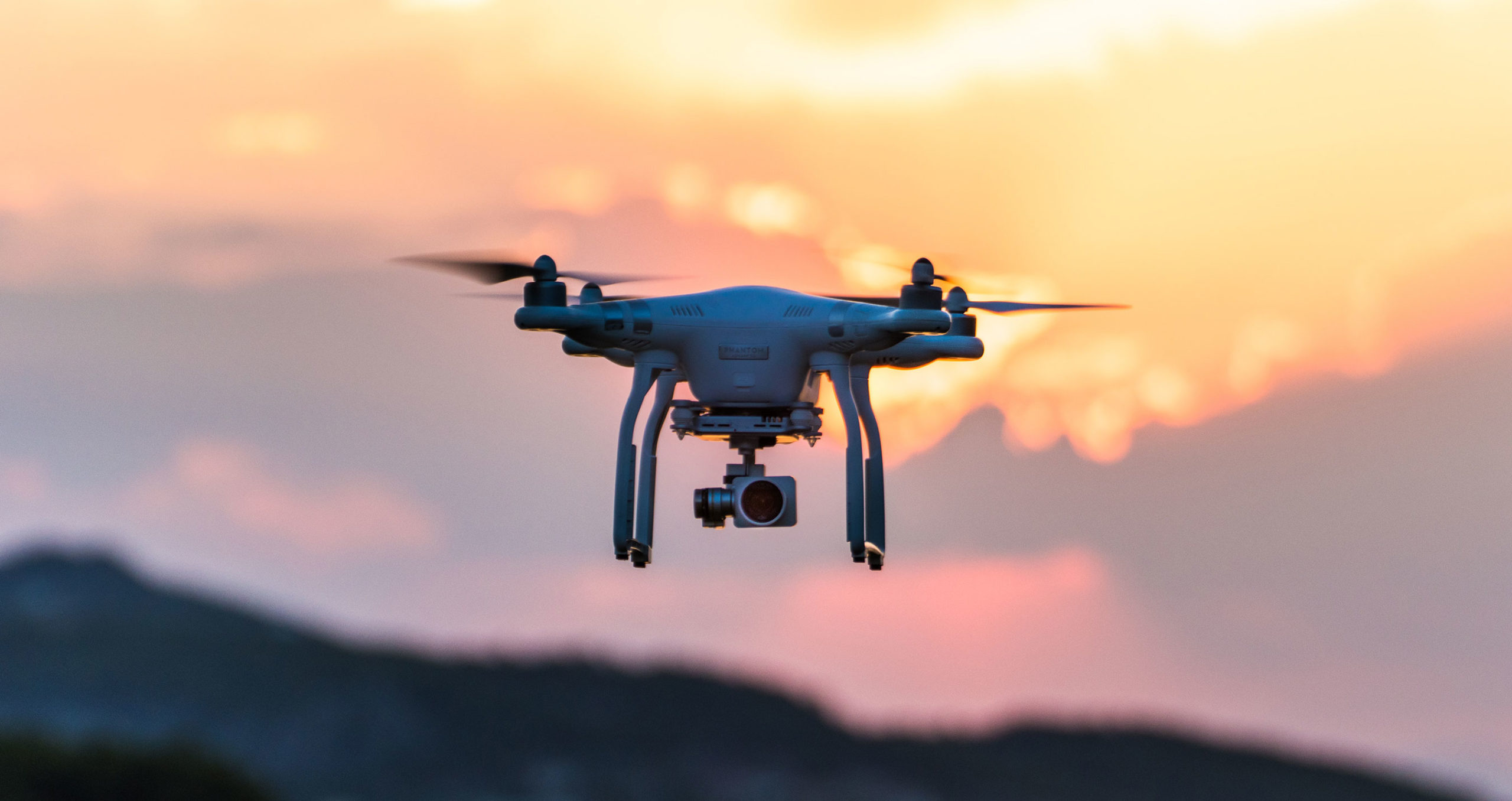As drone technology evolves, so do FAA regulations. In 2025, several key updates to Part 107 rules have been implemented, shaping how drone pilots can operate commercially in U.S. airspace. Here’s what you need to know.
1. Recurrent Training is Now Mandatory Every 24 Months
While this was already in place, the online recurrent training has been updated to include more content on night operations and RID (Remote ID) requirements.
2. Expanded Night Operations Without Waivers
As of 2025, certified pilots can operate at night without a waiver if they:
- Complete night training
- Equip drones with anti-collision lighting visible for 3 statute miles
3. Remote ID Compliance is Fully Enforced
All commercial drones must now be equipped with Remote ID or fly in FAA-Recognized Identification Areas (FRIAs). Failure to comply may result in grounding or fines.
4. New Emphasis on Crew Resource Management (CRM)
Updated training modules now include CRM best practices to ensure safety and coordination during complex operations or when managing multiple drones.
5. Streamlined LAANC Authorization for Controlled Airspace
The FAA has enhanced the LAANC system to allow for quicker approvals, even in high-traffic urban zones, using real-time data integration.
6. Digital License Verification Tool
A new FAA tool allows real-time verification of pilot credentials, making it easier for clients, employers, or agencies to confirm certification status.


